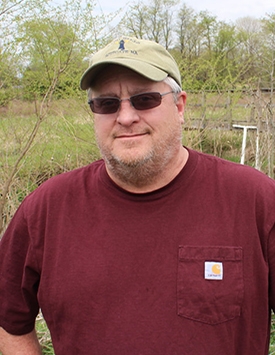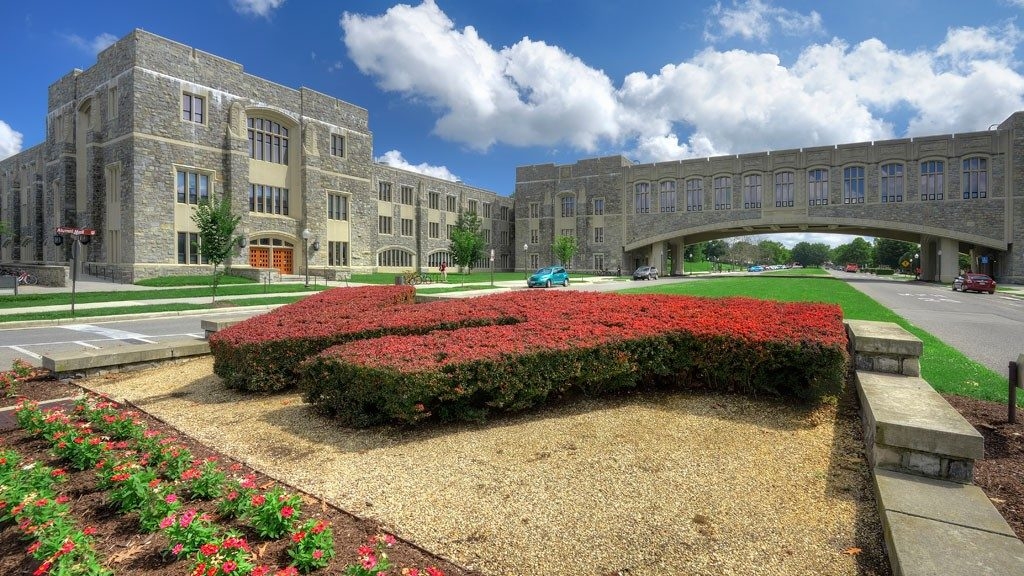Dr. Cully Hession
FACULTY AFFILIATE | Global Change Center
Biological Systems Engineering
Lab Website • Google Scholar • Dept Page
(540) 231-9480 • chession@vt.edu

Dr. Hession has established a multi-department, multi-college research, outreach, and education program focused on understanding the fundamental physical processes of streams. Research emphases include channel structure and sediment dynamics, analysis and prediction of the influence of human activities on streams, evaluation of techniques for measuring and improving in-stream habitat, and development of technologies and strategies for successful stream restoration. Current research focuses on using drones and drone-based lidar to map riverscapes and tracer studies to better understand sediment transport and fate.
Dr. Hession runs the StREAM Lab at Virginia Tech along 2.1-km of Stroubles Creek adjacent to campus. This is a full-scale stream lab equipped with high-resolution hydrologic monitoring capabilities for studying hydrologic, geomorphic, biogeochemical, ecological, and societal questions related to the restoration of streams and their watersheds.
Dr. Hession’s background is varied but invaluable in forming his overall outlook, professional philosophy, and interdisciplinary research focus. He received his BS (1984) and MS (1988) in Agricultural Engineering at Virginia Tech, and a PhD in Biosystems Engineering at Oklahoma State University (1995).




